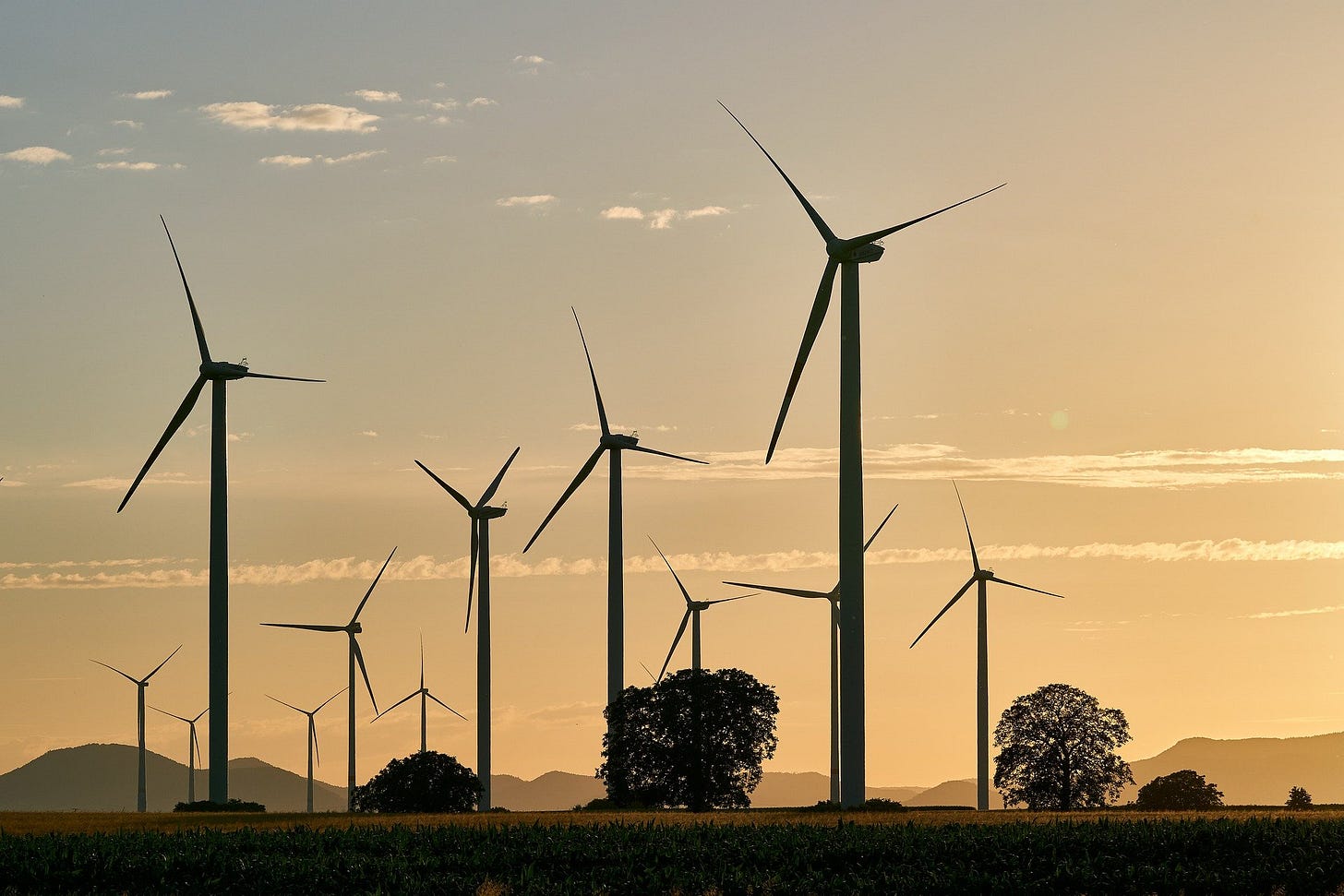
I’ve been looking at ways to make my food system more resilient. Research for my book means that I wonder why our food system isn’t resilient and what can change. The main way way the food system isn’t resilient is its dependence on non-renewable energy sources such as petroleum products. This isn’t that surprising as the current food system was built at a time when fossil fuels were cheap and plentiful and we now have a very oil dependent food production and manufacturing system. In fact, 10-15 Calories of fossil fuel are required to create 1 Calorie of food and America’s food system uses 13% of our energy budget to grow, manufacture and distribute our food. Hence, in the US, the food system is the largest single consumer of petroleum products. This petroleum-dependent agrifood system additionally destroys biodiversity, contributes to global climate change, and degrades soil and water quality. For example, excess fertilizer contaminates local water sources because only half of the fertilizer added is taken up by the crops.
Fossil fuels are used throughout the food system and the main ways energy is used are:
Artificial fertilizer through the Haber Bosch process
Transportation
Petroleum based pesticides
Powering irrigation pumps
Mechanization of crop production and food processing
Maintenance of animal operations
Crop storage and drying
Looking in more details at the top two, fertilizer production and transportation was eye-opening. Artificial fertilizer production is the biggest energy user as the manufacturing of artificial fertilizer uses approximately 30% of our food energy needs. I found it fascinating to discover that increases in the prices of natural gas, as occurring in Europe, led to artificial fertilizer companies going out of business as natural gas is essential for the Haber Bosch process to make fix nitrogen. A by-product of this process is CO2 so the increased price of natural gas additionally caused a shortage of carbon dioxide for fizzy drinks, chilling, and storage of food products. Even though carbon dioxide is increasing in our air due to global warming, it is hard to remove from the air leading to costly and energy-intensive carbon sequestration efforts.
Transportation was the second largest use of energy and emitter of CO2 that was not recoverable. This leaves, throughout the agri-food system, the producers, the farmers, manufacturers vulnerable to shocks in oil prices as 6-12% of food costs are spent on transportation. Transportation is required for the delivery of farmers’ inputs, transportation of harvested crops to factories for processing. and transporting manufactured food products to consumers. Most food travels 1400 miles from farm to consumer.
We can use technological fixes to reduce our food systems dependency on oil. For example, there are precision spraying robots to reduce fertilizer use and use carbon capture technology to recover atmospheric CO2 to use for fizzy drinks and chilling. Many manufacturing plants could switch from non-renewable energy to renewable energy sources such as solar or wind power. There is very little information available as to what food companies are doing about making their energy usage more sustainable. Kellogg’s invested in wind power that would account for 50% of their energy use and Mondelēz International is buying solar energy which supports their goal of cutting their CO2 emissions by 15% by 2020.
We must switch to agroecological techniques to maintain, or even improve, our soil and water, and to increase our biodiversity. Biodiversity needs to increase, not just in the non-crop growing areas that are deliberately set aside as environmental easements, but also in the growing practices of the food crops and in the use of heritage breeds and non-hybrid or heirloom seeds. While farmers must grow crops more sustainably; we, as food consumers, should change to an climate friendly diet, if you can work out what that would be for you.
If you are interested in becoming less dependent on fossil fuels, the first step is the undertake a home energy audit. You can do some of this yourself - there are checklists online - or you can find out if you can get one through your energy company. Currently Atlantic City Electric is offering free Home Energy Check Ups and I know other energy companies offer the same.




